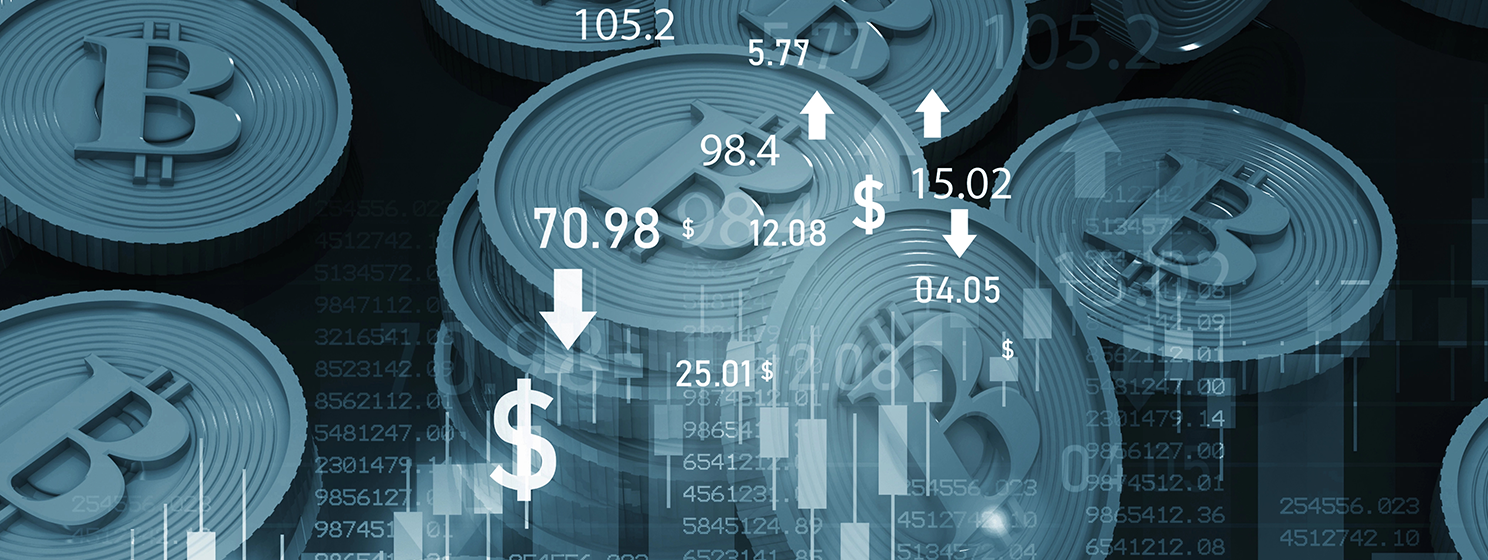|
Getting your Trinity Audio player ready...
|
Digital asset prices have been at an all-time high in recent weeks, but experts are downplaying the possibility of a steep market correction in the future, and mid-2025 is touted as the peak.
According to a report by MV Capital, the bull run is anticipated to continue into the second half of 2025 before recording significant pullbacks. MV Capital reached its conclusion following a poll of nearly 80 digital asset investors, including hedge funds and venture capital (VC) firms.
Over half of the surveyed respondents indicated optimism for an extended bull run for large-cap digital assets after a lengthy period of trading sideways. A general consensus among surveyed investors is that BTC will reach a six-digit all-time high, with the most ambitious projections pegged at $150,000.
Since Donald Trump’s victory in the United States presidential elections in early November, BTC has seen its value spike to nearly $90,000 and shows little to no signs of slowing down. While the largest digital asset has a positive outlook, investors are betting heavily on altcoins, with a cross-section of investors keen on massive returns in the coming months.
Topping the list is Solana (SOL), which appears as a common denominator in portfolios from investment firms and high-net-worth individuals. Others pitch their tents with Dogecoin (DOGE), citing Elon Musk’s affiliation with Trump and the proposed Department of Government Efficiency.
Investors are said to be increasing the size of their bets in ADA, XRP, LTC, and other assets, given the recent double-digit growth spurts recently. However, MV Global Managing Partner Tom Dunleavy noted that opinion is split on the future of Ether (ETH), with pessimists predicting only an all-time high of around $7,000 for the second-largest digital asset.
Dunleavy disclosed that being bullish on ETH is akin to towing a “contrarian” path, with several industry players hinting at a potential flippening.
“This seems to be a very popular opinion and, therefore, very likely priced into markets,” said Dunleavy. “Solana is a consensus long among almost every allocator we spoke to.”
Enterprise adoption on the rise
While the grim effects of digital asset speculation are well known, experts opine that the recent rise in prices may positively affect enterprise adoption of blockchain technology.
For starters, enterprises may be incentivized to tokenize assets while enjoying enhanced liquidity and access to development funding.
Furthermore, rising prices can improve overall confidence in the markets with increased participants, which is integral to strengthening blockchain networks.
Digital assets becoming popular with unbanked households
While many digital asset holders are rejoicing over the likelihood of an extended bull run, regulators in the United States are on alert with the growing number of unbanked households getting their hands on digital assets. A new report from the Federal Deposit Insurance Corporation (FDIC) revealed that digital asset use is rising in underbanked households in the United States, with investment and settlement utility topping the list.
A total of 6.2% of underbanked households turned to digital currencies for a range of use cases, while less than 5% of banked households explored the fledgling asset class. The report surveyed 60,000 U.S. households, with the biennial survey keen on measuring the use of financial assets and products.
Underbanked households refer to homes with a bank account but rely on nonbank financial services for various services. Despite having a checking or savings account, underbanked households typically rely on alternative financial services like money orders and payday loans.
According to the FDIC, 19 million households in the U.S. are considered underbanked, representing 14.2% of the population. These households are more likely to hold digital assets for investment purposes, while only 4.4% of digital asset holders use them to pay for goods and services.
The report noted that while underbanked households are more likely to adopt digital assets, households with higher levels of education and lower ages are also turning to the asset class. Other metrics include earning power and ethnicity, with households with higher earning power adopting digital assets than those in the lower class.
FDIC Chairman Martin Gruenberg noted that the yawning divide between households will cause the Corporation to increase its efforts to bring households within the purview of the “insured banking system.”
“This survey reveals that significant disparities in access to the banking system for minority, lower income, disabled, and single-parent households still exist and need to be addressed,” said Gruenberg.
A quick scan of the FDIC’s operation reveals a skeptical stance toward digital assets. Coinbase (NASDAQ: COIN) identifies over 20 instances of the regulator urging financial institutions to steer away from the asset class.
Demanding public transparency
Coinbase’s Chief Legal Officer Paul Grewal disclosed on X that the public deserves transparency in FDIC’s dealings with financial institutions in the country. Grewal comments follow a court filing summarizing 23 instances of the FDIC urging banks to pause the offer of banking services to digital asset service providers.
“The contents are a shameful example of a government agency trying to cut off financial access to law-abiding American companies,” wrote Grewal on X.
Industry players are monitoring the direction the incoming Trump administration will take with digital currencies, with enthusiasm running at an all-time high in the ecosystem.
Watch: Future of data control envisioned with Block Dojo Cohort 8

 12-17-2025
12-17-2025 





